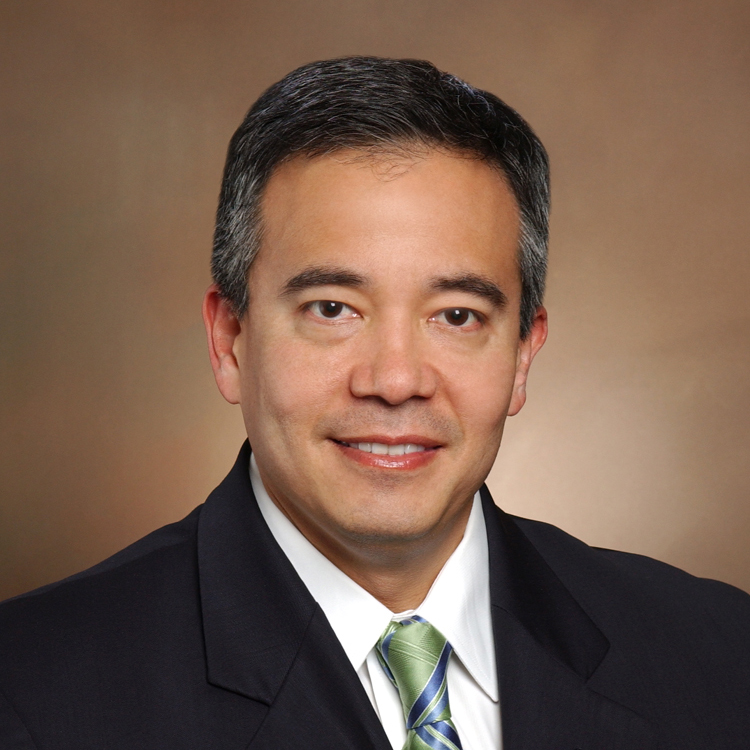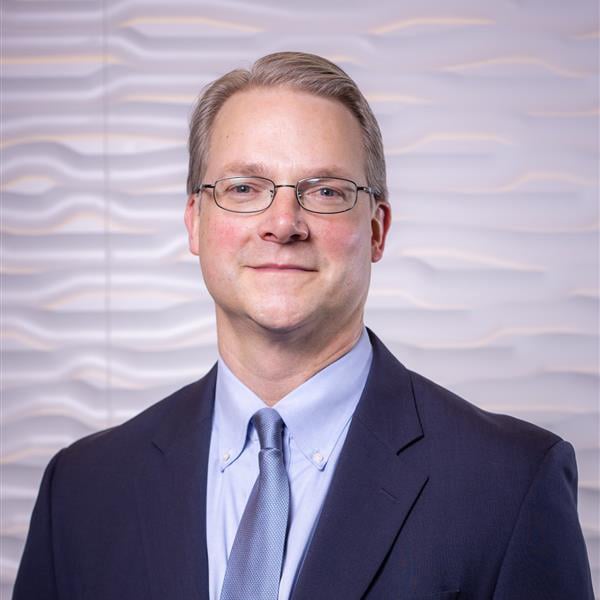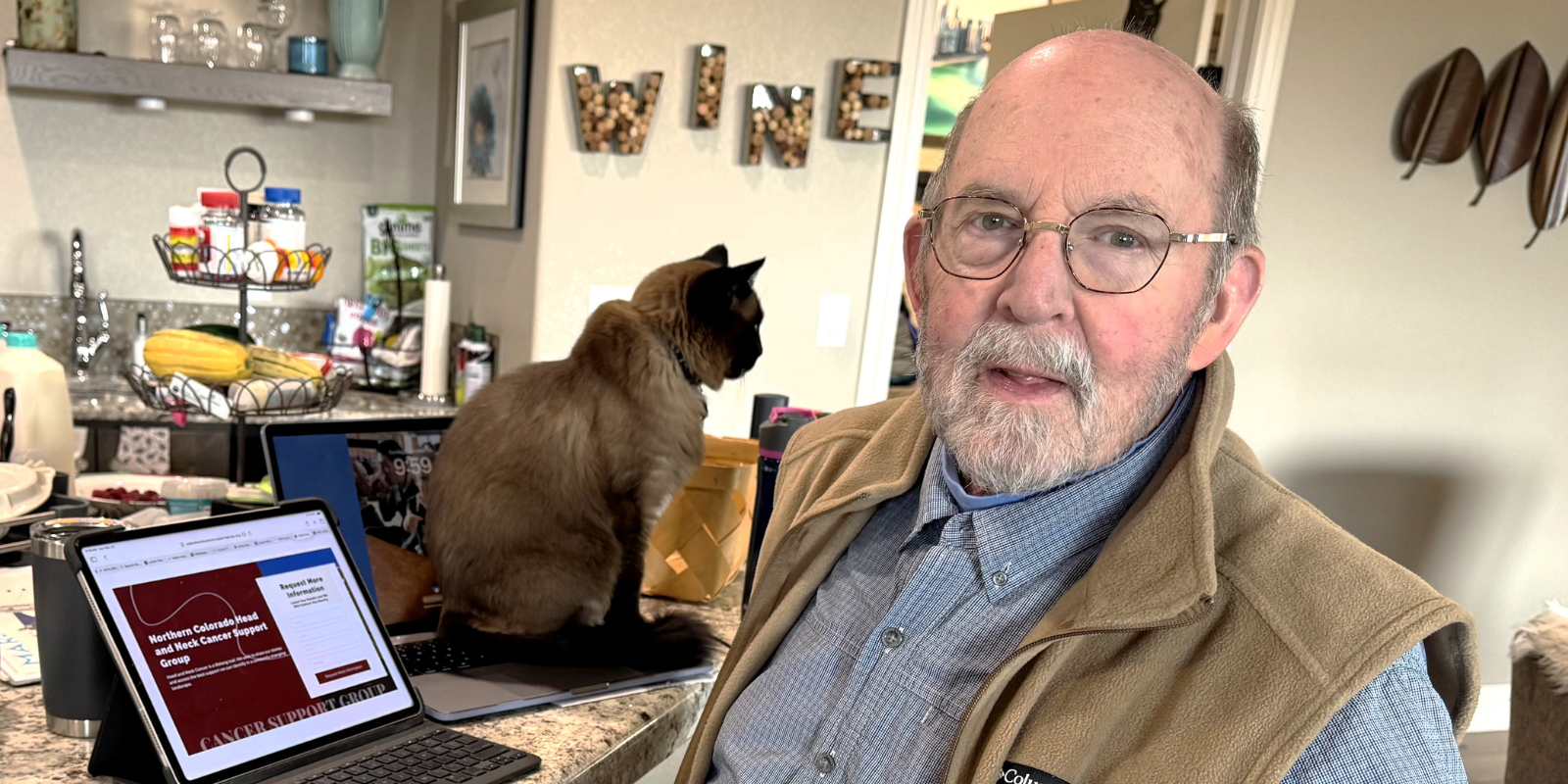“Maybe this getting older thing just sucks and that’s how it is.”
Mark Paskvan was trying to be practical and reconcile the exhaustion he felt after even light workouts with being a lifelong athlete, so that’s what he told himself: The shortness of breath and out-of-character energy loss were simply side effects of being 58.
But the exhaustion continued and grew steadily worse, first to the point that he struggled to get through the workday without a nap, and finally to a degree that he knew what he was experiencing was more than just the prospect of a 59th birthday. And then he turned yellow.
Appointments followed by tests followed by scans led to a tense “Can you come in Monday?” call on a Friday evening. After an agonizing weekend, Mark learned that a CT scan revealed a spot on his pancreas and results from a biopsy the next day confirmed that it was cancer.
Though he didn’t recognize it at the time, Mark had reached a crossroads. What followed his August 1, 2017, diagnosis could have gone a lot of different ways, but two things happened to direct his journey to the cancer-free, active point he’s reached today: First, he was referred to a multidisciplinary team at the University of Colorado Cancer Center and second, Monica immediately booked a flight home from India and got a binder.
Monica Paskvan is Mark’s wife of 25 years, his friend and companion who has supported and advocated for him through every step of his journey. While navigating cancer requires unimaginable reserves of internal strength, the burden is often made lighter by a loved one or friend to listen, advocate, take notes, or even just extend a hand to hold.
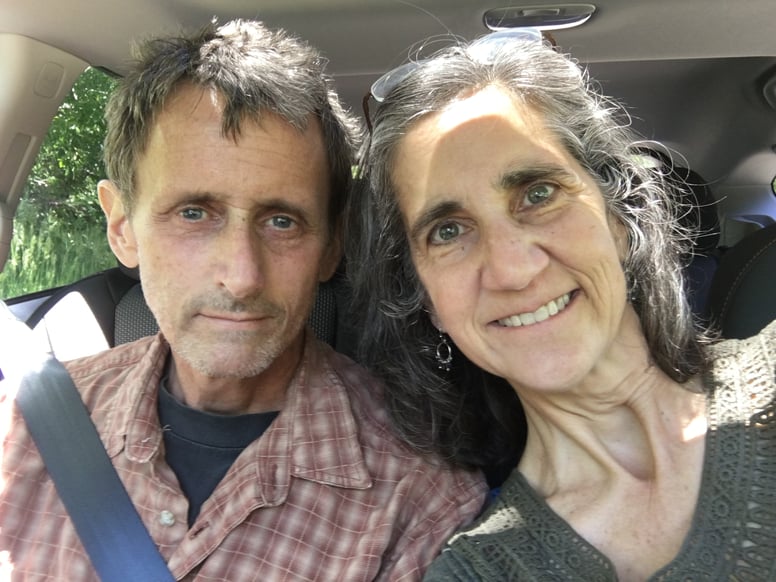
Mark and Monica Paskvan
“Few things concern me more than walking into a room with someone who’s been newly diagnosed with cancer and they’re alone,” says Wells Messersmith, MD, CU Cancer Center director of translational research and professor of medical oncology who has treated Mark. “If you think about having to navigate the healthcare system, trying to review insurance forms, trying to get to appointments when you’re feeling nauseous from chemotherapy, for example, it highlights how having a caregiver or advocate by your side is so important.”
Receiving a pancreatic cancer diagnosis
For most of his life, Mark could depend on his body to take him mile after mile of running or cycling. He moved to Boulder in 1986 and found a home on the miles of trails always with a mountain view. He was aware of histories of cancer on both sides of his family, but it wasn’t something he really thought about.
So, his mind didn’t land on cancer when he started feeling that he couldn’t get through a workout at the gym without being exhausted. As the months passed, he felt increasingly sapped of energy, to the point that a mountain biking trip to Crested Butte drained him for weeks and he couldn’t get through a day of work at his job in telecommunications without being completely exhausted by the end of the day. “I remember coming home and going to bed at 6:30,” he recalls
He knew something was definitely wrong when his skin and eyes began turning yellow and his urine was brown. He made an appointment with his physician on a Wednesday in late July and had a CT scan the following day, the results of which showed a spot on his pancreas.
“It was a Monday afternoon that I saw my doctor about the CT results, and I remember him saying we’ve got to get you down to UCHealth tomorrow,” Mark says. “I said, ‘Well, that’s Tuesday and I work on Tuesday’ because that’s your mindset. It seems so unreal that you just default to routine.”
At the time, Monica was in India, so she immediately began working to get a flight home and contacted a friend in Lafayette to drive Mark to his appointment. Mark ultimately learned he had a 3-centimeter by 4-centimeter tumor on his pancreas.
He was quickly referred to UCHealth to undergo an endoscopic retrograde cholangiopancreatography (ERCP), during which a metal stent was placed in his bile duct to relieve the obstruction, and an ultrasound-guided biopsy of the pancreatic mass, which made the diagnosis of adenocarcinoma, or gland-forming cancer of the pancreas.
Shortly thereafter, he was seen in the weekly pancreaticobiliary multi-disciplinary clinic, where up to 20 specialists gather to review pancreatic and biliary cancer cases, and patients are seen by up to four specialists at once. Mark was seen by specialists including a medical oncologist, surgical oncologist, and radiation oncologist. The entire 9-month treatment plan was drawn up, and Mark was able to receive the chemotherapy portion close to home.
Learning a whole new language
Around this time, Monica bought a binder. She has a good friend who had supported her husband through heart disease more than a decade previously, and her friend recommended getting a binder with tabbed sections because the information would be a deluge and then a tsunami. It is now almost four inches thick.
“This was new to us,” Monica says. “It’s a whole new language, so it was super, super helpful to track things like labs, treatments, the order of drugs when he was in chemo, and it was really helpful for ER visits.”
When his bilirubin level dropped to a more normal level, Mark was able to begin the FOLFIRINOX chemotherapy regimen, which is a combination of four drugs that have a higher efficacy in treating pancreatic cancer than previous regimens, Messersmith says.
What Mark didn’t realize at first, though, was that the effects of his six chemotherapy treatments would be cumulative. After the first eight-hour treatment, he remembers thinking, “That wasn’t so bad.” At his next treatment two weeks later, he recalls his chemotherapy technician hooking up the irinotecan, one of the drugs in his treatment, and warning him it might make him feel a little drowsy.
“Within five minutes I’m just sinking into the chair, and at that point it was only half-strength,” Mark says. “On my third treatment it was full-strength and it just kicked my ass. I got slurred speech and my hands would literally compress, I had no control over it. I could feel the chemo getting into my joints.”
He was exhausted with near-constant nausea and developed an extreme intolerance for cold, dropping weight he didn’t really have to lose and guzzling Gatorade because water suddenly tasted like chemicals.
After the fourth chemotherapy session, the treatment team told Mark and Monica that the tumor had shrunk an incredible 40% and as a result, they wanted Mark to complete four more chemotherapy treatments. In shock, Mark got up and headed for the door, surprising the team by telling them, “I’ll give you two more." Recalling that moment, he says he knew he just couldn't take much more.
Chemotherapy was followed an unexpected detour for by skin cancer treatments on his temple and ear, then 10 days of 10 radiation treatments. The goal was to attack the cancer and any cells that might have spread to other parts of Mark’s body before surgery.
Weighing the risks of surgery
In January 2018, Mark and his care team began discussing surgery. What the initial CT scan hadn’t shown but the team later discovered was that the tumor was wrapped around his hepatic artery, which supplies oxygenated blood to the liver.
“Traditionally, the outcomes in pancreatic cancer have been pretty poor mainly because we haven’t been able to do a good job of treating the metastatic disease that spreads to other parts of the body, and because there’s often vessel involvement,” Messersmith says. “The pancreas is sitting on these vessels that feed the entire gut and we can’t live without them.
“Because it’s sitting on these blood vessels, plus the question of disease elsewhere, plus we want to give people the highest chance of a cure, we start with chemotherapy first, which is not the standard of care in many centers.”
Learning that the tumor was wrapped around an artery was an unanticipated curveball, and Cancer Center Director Richard Schulick, MD, informed Mark that the chances of getting the tumor out cleanly were about 50/50.
“His tumor was wrapped around a lot of critical vessels, so it was a tough case,” Schulick says. “You want to be careful not to be commanding someone to go to the operating room and to give them the potential outcomes and educate them, and then depend on them for the final decision.”
The couple remember Schulick's transparency in answering all their questions and his expression of support for whatever they decided, and however it long it might take them to decide. But for Mark and Monica, the discussion was fairly straightforward: “I literally had nothing to lose,” Mark says. “If I didn’t do it, I was going to be dead in 6 months, and if I did do it I got a shot at living.”
Successfully removing the entire tumor
On the morning of Feb. 14, 2018, Mark went in for surgery. It took more than eight hours, and Monica remembers being in the waiting room with women whose husbands were having brain surgeries that ended up being shorter than Mark’s surgery.
“It was about 5:25 that evening when they brought me in to meet with Dr. Schulick and he looked completely drained and stunned,” Monica says. “I’m kind of holding my breath waiting for what he’s going to say to me, and he just says, ‘We got it. We got it all.’”
During the Whipple procedure, Schulick and David Kuwayama, MD, were able to unwrap the tumor from around Mark’s hepatic artery and portal vein. Two days later, tests on the tumor showed there were no living cancer cells in it, indicating the effectiveness of the chemotherapy and radiation.
When Monica finally got to see Mark in the recovery room, she sat by him on the bed and stroked his feet. He was still extremely groggy from the anesthesia and hadn’t yet heard the news, “so I told him, ‘They got it. They got it all,’” Monica recalls. “He starts singing and does a happy dance, so nurses came running out of the woodwork because the recovery room is so quiet, and they’re asking, ‘Who’s making noise?’ Mark kind of passes back out and the doctor comes over and sort of waves them off, because they didn’t know he was just getting this incredible news.”
Mark completed a second, clean-up round of chemotherapy that spring and then, step by step with Monica by his side, began reclaiming his life.
“We were surrounded by a lot of love”
Mark journeyed back to himself in little moments that turned out to mean everything: By the end of July, he remembers feeling so good that he was able to get back on a bike the first week of August. Then he finally started feeling hungry, and ate non-stop until October. He was able to get back on his bike and rode it with a freedom he hadn’t felt in a long time.
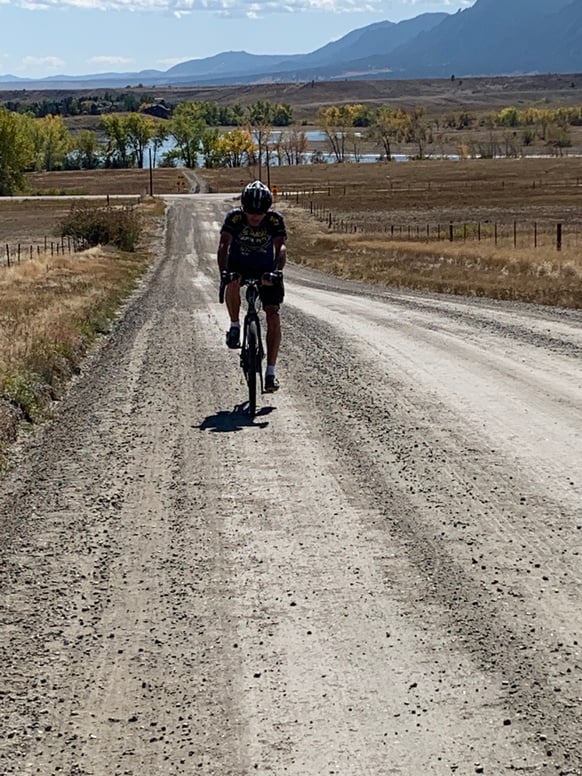
Mark Paskvan riding on a gravel bike he built in 2021
He and Monica were, and still are, reminded almost daily how much things like watching a sunset or going for a walk mean in the context of a life together, and what a gift time is.
Through his journey he’d done complementary treatments like acupuncture and reiki, and though he and Monica aren’t religious, carried a picture of St. Francis that her sister had blessed at National Cathedral and gave to him. His aunt, a retired nun, asked her entire convent in Chicago to pray for him.
“We were surrounded by a lot of love,” Monica says. “We just felt this channel of universal love and it was overwhelming. Throughout our journey, our experience has been overwhelmingly positive. The people genuinely care and are kind, from the schedulers, accounting, technicians, nurses, staff, and the entire team of doctors. We are at a loss for words to convey the deep gratitude.”
“The thing we learned is you’ve got to believe that you’re going to get through it,” Mark adds. “I knew I was going to kick it; I knew Monica was beside me every step, and I knew I wouldn’t give up.”

